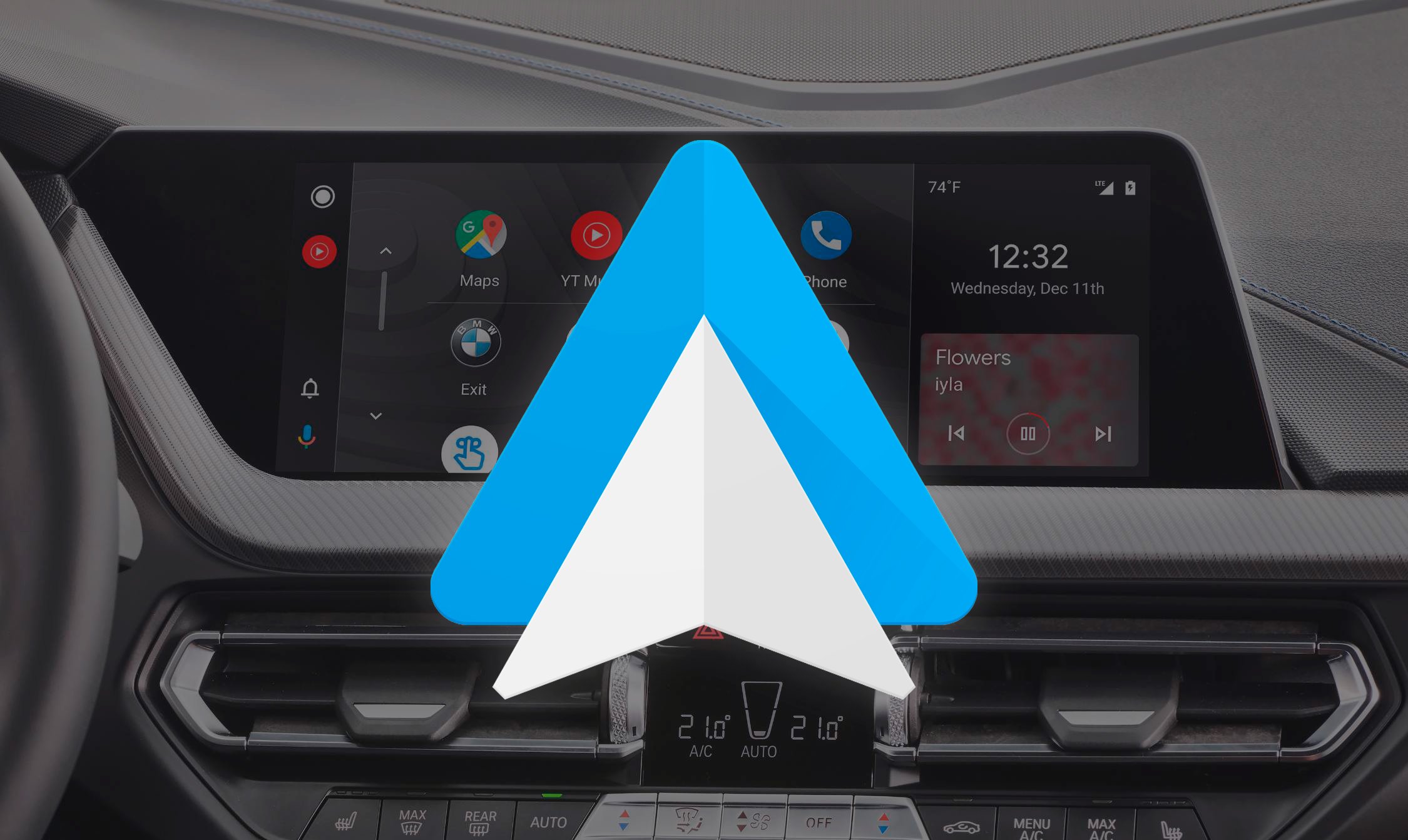According to the Census Bureau, today there are about 62.1 million Hispanics/Latinos living in the United States, which is equivalent to 18.7 percent population. Do these numbers seem small to you? Well, let’s add context: 10 years ago it was 16.3 percent.
Additional context: Over the past decade, half of the population growth has come from Hispanics. The other half contained the Asian population (24 million in total), the white population (whose numbers were down from 2010) and other demographic groups that make up an increasingly multiracial and multicultural country.
And there is one piece of information that says more: The median age of the Hispanic population is below 30, specifically ranging from 27 (2010 Census) to 29 (2020 Census).
We are then talking about a population that can be considered “useful” either for work or for specialization. All developed countries are grateful to have a population that will generate growth in the coming years and that represents a current and future workforce of inestimable value.
More context? We’re talking about 10 years younger than the average age of the general population. This is the range in which many, many are looking for future jobs. Some have completed their studies at university, and many are going on to graduate school. This is an era in which we have all learned a lot, but we still have a whole life ahead of us. The age when there is youth, strength and a lot of desire.

This—and no other—is the future of Latinos in the United States.
In 1968, Congress authorized Democratic President Lyndon B. Johnson to proclaim National Hispanic Heritage Week, which began on September 15 – the day of the declaration of independence of Costa Rica, El Salvador, Guatemala, Honduras and Nicaragua – and covered September 16 and 18. days on which Mexico and Chile also celebrate their national holidays. The President’s statement called on the American people to mark this week with appropriate ceremonies and events. And to further encourage participation, in 1974, President Gerald R. Ford issued a statement calling on schools and civil rights organizations to fully participate.
But one week was not enough for such a large group of “minorities.” Twenty years later, on August 17, 1988, Republican Ronald Reagan repeated Ford’s call for even greater recognition of Hispanic Americans. To that end, Congress approved Act 100-402, which extended the celebration to 31 days, a period they called National Hispanic Heritage Month and which would be intended to celebrate the history, language, future and past of Hispanics in the United States.
At the time of Johnson’s proclamation in 1968, there were just over 9 million Hispanics living in the United States. As we said above, today there are more than 62 million people who identify their roots with Cuba, Mexico, Puerto Rico, Central and South America, as well as several other Latin American cultures, regardless of their race.
This will only increase, especially considering the average age we also mentioned. The Latin American population still has a lot to give. And this has already given this country monstrosity.

Today, there are more than 4 million companies with Hispanic owners and founders across the United States, contributing more than $700 billion to the federal economy. In the coming decades, Hispanics will make up an even larger share, with the Hispanic population in the United States estimated to reach 128.8 million by 2060, representing approximately 31 percent of the US population. They will constitute – as they do now – a significant part of the workforce, which will contribute to the growing influence of Latinos in all spheres of life in the United States, both in the labor force, in the creative, cultural and, of course, in the scientific and technological spheres.
Because art, science and technology arise where there are ideas, vision and effort; where there is initiative, care and improvement. When you imagine something different from what you already have, and you have the opportunity to make that imagination a reality.
We all celebrate this month as one people. We celebrate as we are.
Source: Digital Trends
I am Garth Carter and I work at Gadget Onus. I have specialized in writing for the Hot News section, focusing on topics that are trending and highly relevant to readers. My passion is to present news stories accurately, in an engaging manner that captures the attention of my audience.










